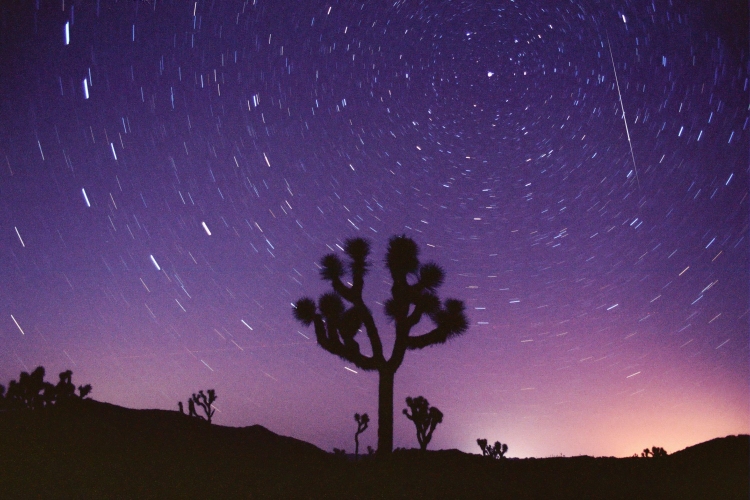In the northern hemisphere, the annual Perseid meteor shower will attain its greatest amount of activity between Tuesday evening and Wednesday morning, August 11-12. The shower occurs when Earth moves through the Perseid cloud, which consists of dust fragments emitted from the comet Swift-Tuttle as it last passed by the sun; as the debris hits the Earth’s atmosphere, it burns up, creating intense streaks of light or “shooting stars” in the night sky.
From Earth’s vantage point, the meteors appear to originate from a point in the constellation Perseus. The shower is visible from the middle of July to mid August each year, and, at its peak, 80 or more meteors can be observed per hour. The annual Perseid meteor shower has been observed by mankind for about 2000 years—so enjoy one of the longest-running shows on Earth!
(For more about the Perseid meteor shower, including tips on viewing it, see http://news.nationalgeographic.com/news/2009/08/090810-perseid-meteor-shower.html and .)



